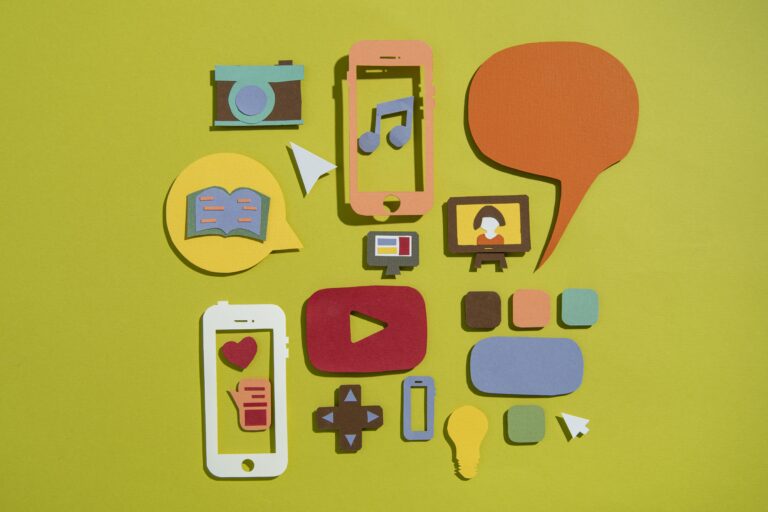Internet, and social media, offer almost limitless opportunities in sharing ideas and knowledge (EU Council Conclusions, 2016). Nowadays, we have many sources of information which is simply one click away from us. With so many sources of information, how can we identify which are reliable sources? And how can we support young people in identifying reliable sources of information? The answer could be in developing media literacy and critical thinking skills!
Media literacy and critical thinking
Critical thinking skills can support young people in filtering through the sea of information they face daily. With critical thinking and media literacy skills, young people may understand the messages faster, and be able to identify the fake news quickly. In addition, according to the McNulty (2021), media literacy can help individuals in recognising media bias and how that may affect their perception of a certain issue or event. It is essential to recognise those biases and to make decisions on how to respond to them rationally. Thus, media analysis (fundamental part of media literacy education!) can develop critical thinking skills by strengthening observation and interpretation skills.
The role of education in strengthening young people’s critical skills
The Paris Declaration, adopted in 2015 by the European Commission, highlights the importance of strengthening young people’s ability to think critically, especially in the context of Internet and social media. By doing so, young people are enabled to grasp realities, distinguish facts from opinions, and to oppose any form of indoctrination and hate speech. Education and training play a fundamental role in addressing media literacy and helping young people in becoming critical thinkers and responsible citizens of the future (Council of the European Union, 2016). In addition, education and training offer potential to nurture, develop and maintain open mindset of young people, while focusing on critical and independent thinking.
What is the role of CrAL in all of this?
Overall, the main aim of CrAL project is to enhance critical thinking and media literacy among young people between 14-19 years old, parents, and educational staff. So far, the project partners created various resources for teachers and young people, and at the moment we are organising piloting activities with teachers and young people. In the following months, you will be able to discover the resources created by the project partners, attend different events we will organise, and overall find more about CrAL methodology and approach. So, stay tuned for more information!
Sources:
McNulty, N. (2021, June 3). Fake news and online rumours – why media literacy is more important than ever. [Blog post]. Available at: https://www.niallmcnulty.com/2021/06/why-is-media-literacy-important/
Council of the European Union (2016, May 30). Developing media literacy and critical thinking through education and training – Council conclusions (30 May 2016). Available at: https://data.consilium.europa.eu/doc/document/ST-9641-2016-INIT/en/pdf
European Education and Culture Executive Agency, Eurydice, Promoting citizenship and the common values of freedom, tolerance and non-discrimination through education : overview of education policy developments in Europe following the Paris Declaration of 17 March 2015, Publications Office, 2016, https://data.europa.eu/doi/10.2797/396908

